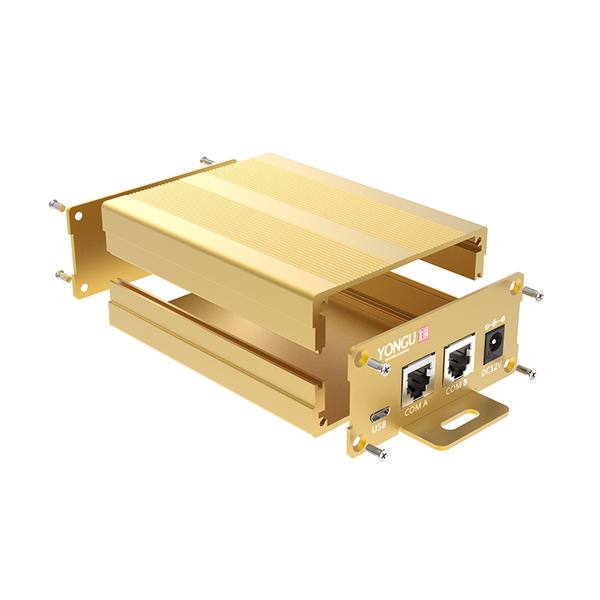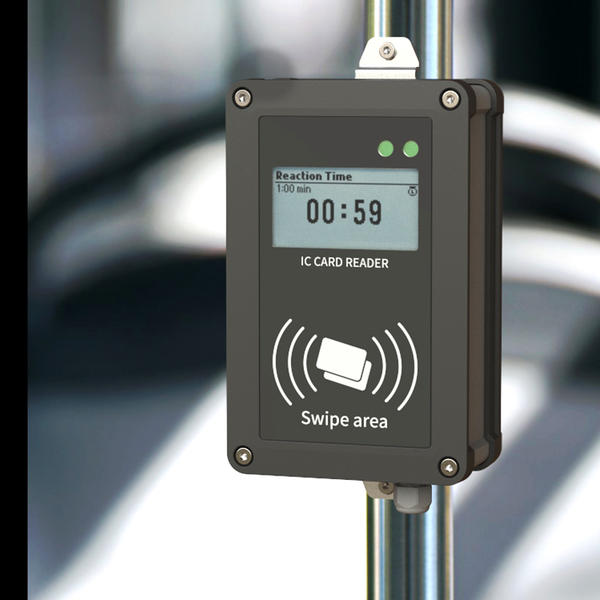Electronic housings, also known as enclosures, play a crucial role in safeguarding sensitive electronic components from various environmental factors. These protective cases ensure the proper functioning and longevity of electronic devices by shielding them from potential hazards. In this article, we will explore the key ways in which electronic housings safeguard electronic components.
Mechanical Protection
Electronic housings provide a physical barrier against external forces, such as impact, vibration, and shock. They are designed to absorb and distribute these forces, preventing damage to the delicate components inside. This mechanical protection is particularly important for devices used in harsh environments or subjected to rough handling, ensuring their reliable performance even under challenging conditions.
Environmental Sealing
Electronic housings are engineered to create a sealed environment, protecting the internal components from exposure to liquids, dust, and other contaminants. This environmental sealing is achieved through the use of gaskets, O-rings, and other specialized sealing mechanisms. By preventing the ingress of foreign substances, electronic housings maintain a clean and controlled environment for the components, extending their lifespan and preventing malfunctions caused by contamination.
Thermal Management
Many electronic components generate heat during operation, which can lead to overheating and performance degradation if not properly managed. Electronic housings often incorporate features that facilitate heat dissipation, such as heat sinks, cooling fins, or even active cooling systems. By effectively managing the thermal environment within the enclosure, electronic housings ensure that components operate within their optimal temperature range, preventing thermal-related failures and ensuring reliable performance.
Electromagnetic Interference (EMI) Shielding
Electronic components are susceptible to electromagnetic interference (EMI) from external sources, which can disrupt their normal operation. Electronic housings made from conductive materials, such as metal, act as Faraday cages, blocking and absorbing electromagnetic radiation. This EMI shielding prevents external interference from affecting the internal components, ensuring signal integrity and reliable data transmission within the electronic device.
Aesthetic Appeal and Branding
In addition to their functional benefits, electronic housings can also contribute to the overall aesthetic appeal and branding of an electronic device. Manufacturers often design housings with sleek, modern, and visually appealing features to enhance the product's marketability and create a strong brand identity. The customization options available for electronic housings, such as color, texture, and logo printing, allow manufacturers to differentiate their products and create a distinctive look that resonates with their target audience.
IP68 Electronic Housings
IP68-rated electronic housings represent the pinnacle of protection for devices exposed to extreme environmental conditions. The IP (Ingress Protection) rating system classifies the degree of protection provided against solid objects and liquids. An IP68 rating indicates that the enclosure is completely dust-tight and can withstand continuous submersion in water beyond 1 meter, making it ideal for applications in harsh outdoor environments or industrial settings.
Dust Protection:
IP68 enclosures prevent the entry of dust and other particulates, ensuring that internal components remain clean and functional, even in dusty or sandy conditions.
Water Resistance: These housings can endure exposure to water, including heavy rain, splashes, and even immersion, safeguarding sensitive electronics from moisture-related damage.
Applications: Commonly used in industries such as marine, automotive, and outdoor electronics, IP68 housings are essential for devices that require reliable performance in wet or dirty environments.
By utilizing IP68 electronic housings, manufacturers can enhance the durability and reliability of their products, making them suitable for a wide range of applications where exposure to the elements is a concern.
Conclusion
Electronic housings are essential components that safeguard sensitive electronic parts from various threats, ensuring their reliable performance and longevity. By providing mechanical protection, environmental sealing, thermal management, EMI shielding, and robust options like IP68 ratings, electronic housings create a safe and controlled environment for electronic components to operate effectively.
As technology continues to advance, the importance of electronic housings in protecting and enhancing electronic devices will only grow, making them an integral part of modern electronic systems. Explore more high-quality electronic housings from YONGU here!





